Eraser
2014 - Film & Video (Film & Video)
Will Rogan
Will Rogan’s video Eraser (2014) shows a hearse parked in a clearing amidst leaf barren trees. The steely grey sky stands in stark contrast to the vehicle’s luminously pristine white finish and makes this already deathly object seem even more ghostly. The grass underneath is half-turned brown and further marks this as a lifeless landscape. Suddenly, however, a flash begins to emerge from the front tire, illuminating the ground with a fiery glow. As it begins to radiate, the flash slowly spreads across the hood and the windows until the car begins to buckle, smoke creeping up in columns across the sky. As the door juts off the body, we begin to realize that we’re witnessing an explosion in slow motion, total destruction rendered almost balletic through a poetic stretching of time. Shot with a technically advanced camera that shoots 6,900 frames per second, Eraser expands four seconds of “real” time into a nearly six minute duration in which we witness a slow but absolute annihilation. By slowing down the video’s pace to a near crawl, Rogan’s work could be seen as a deliberate resistance to mortality, as if he could actually forestall or delay death in defying the rules of time. At the same time, he employs a wry visual humor that relishes in absurdity in which the exploding hearse becomes an over-the-top funeral pyre and a clear example of “overkill.” In gesturing towards a darkly comic ars moriendi, Eraser fits alongside other humorous narratives about death such as the 1971 Hal Ashby film Harold and Maude , which also ends with a scene of a similarly demolished hearse. But just as that film ends with the promise of hopeful next chapters, Rogan’s video also offers the strange but meditative possibility of regenerative beginnings. Screened on a continuous loop, Rogan signals that it is impossible to escape reminders of our mortality, and just as the explosion finishes, the hearse appears again, seemingly untouched. But if death is ultimately inescapable, Rogan also reveals the beauty in clearing away its reminders and beginning again out of fire and smoke.
Based in the San Francisco Bay Area, Will Rogan’s practice reflects the poignant, the ironic, the disastrous, and the beautiful in his surrounding urban and domestic landscapes. In the form of photography, video, and sculpture, his interventions often highlight the profound and analytical in everyday life. Taking a playful stance on mundane situations and structures, Rogan’s work merges the critical with the poetic. He is also the co-editor and founder of the quarterly journal of editions, The Thing .
Colors:
Related works featuring themes of: » Abstract Sculpture, » Appropriation Art, » Architecture in Art, » Black and White, » American
» see more

© » KADIST
Julian Hoeber
2011Every work in Hoeber’s 2011 series Execution Changes is titled in alphanumeric code...

© » KADIST
Karl Haendel
2011Haendel’s series Knights (2011) is a set of impeccably drafted, nine-foot-tall pencil drawings depicting full suits of armor...

© » KADIST
Aaron Young
2007The artist describes the work as “very performative video-pieces but they take on a more sculptural feel...

© » KADIST
Luisa Lambri
2002Lambri’s careful framing in Untitled (Miller House, #02) redefines our understanding of this iconic mid-century modernist building located in Palm Springs, California...
Other related works, blended automatically
» see more
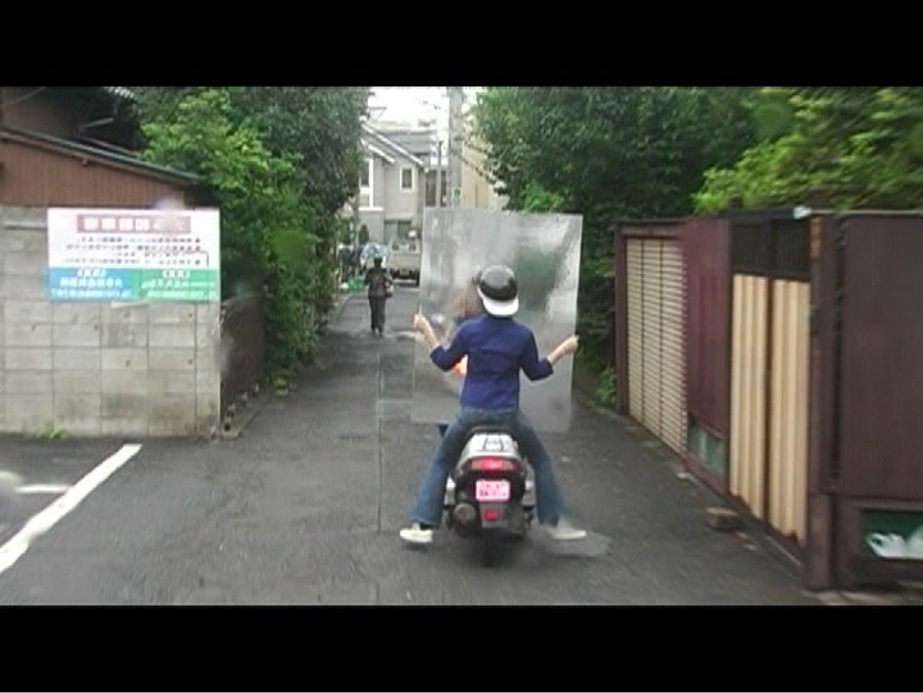
© » KADIST
Will Rogan
2007Shot in the streets of Tokyo, Collapse , is a meditation on the passing of time and on the complicated way in which we are smashed between the past and the future...

© » KADIST
Julian Hoeber
2011Every work in Hoeber’s 2011 series Execution Changes is titled in alphanumeric code...

© » KADIST
Karl Haendel
2011Haendel’s series Knights (2011) is a set of impeccably drafted, nine-foot-tall pencil drawings depicting full suits of armor...
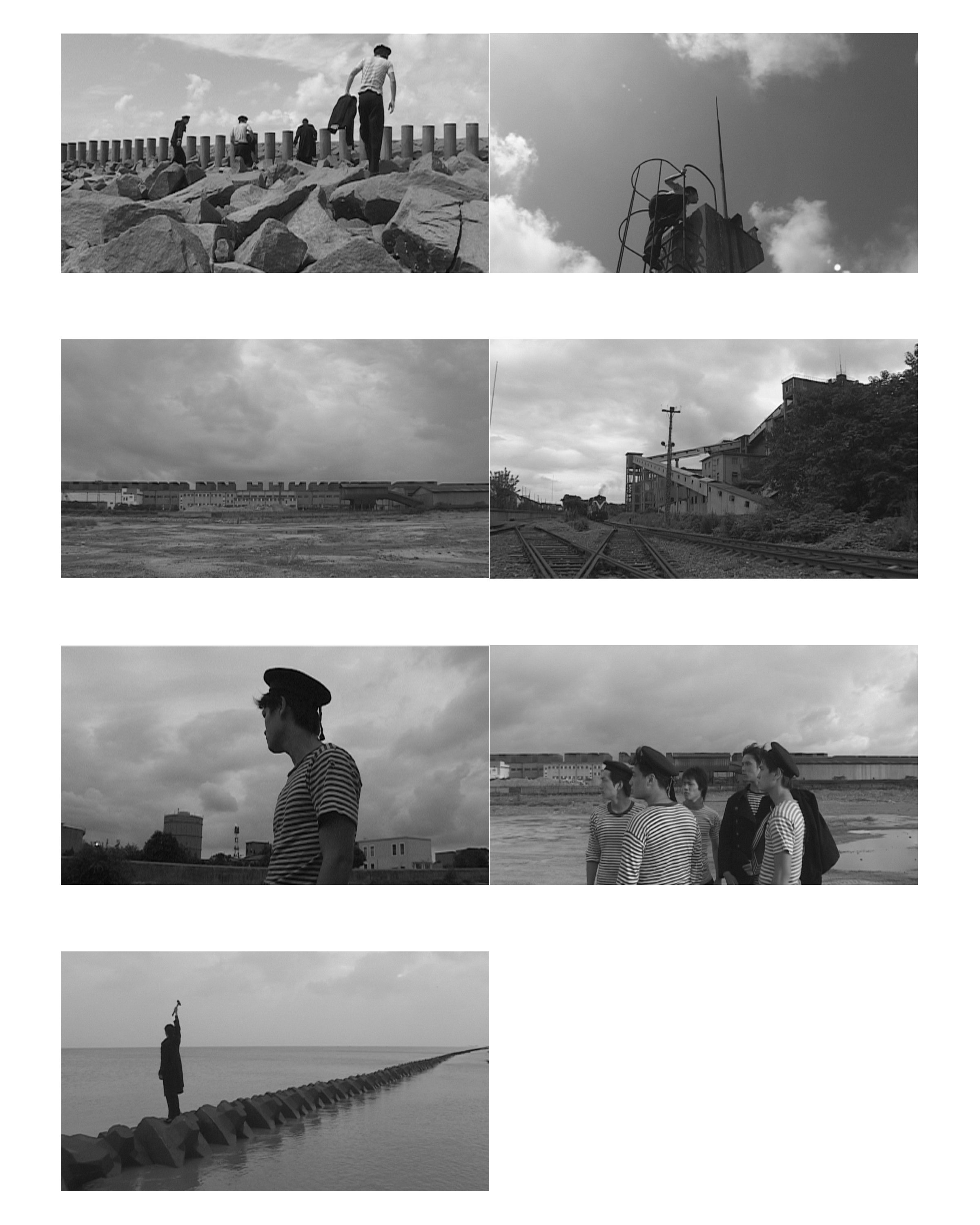
© » KADIST
Lu Chunsheng
2004A mesmerizing experience of a vaguely familiar yet remote world, History of Chemistry I follows a group of men as they wander from somewhere beyond the edge of the sea through a vast landscape to an abandoned steel factory...
Related works sharing similar palette
» see more

© » KADIST
Erbossyn Meldibekov
2017Game (Six Pieces) by Erbossyn Meldibekov is inspired by the popular Rubik’s cube puzzle and is composed of three colors (red, green and white) instead of six, referencing the colors of the Afghan flag...
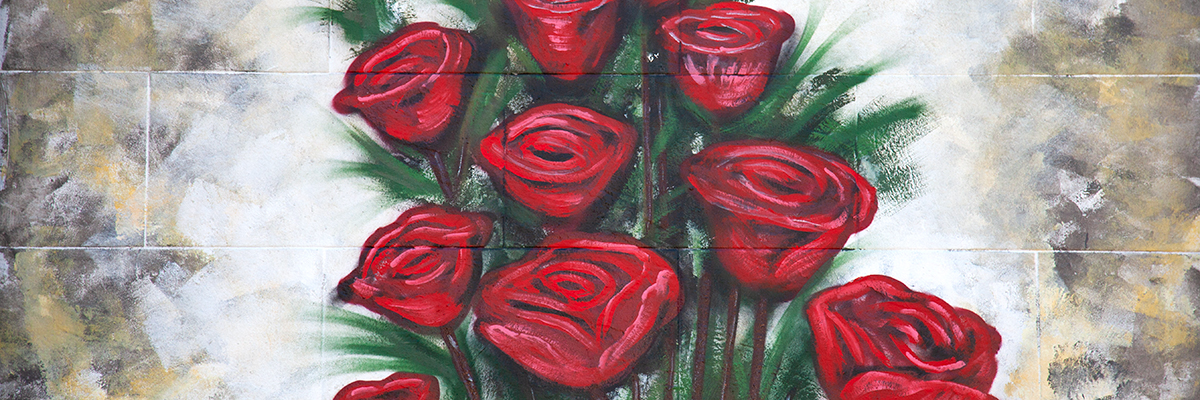
© » BROOKLYN STREET ART
BSA Images Of The Week: 11.05.23 | Brooklyn Street Art BROOKLYN STREET ART LOVES YOU MORE EVERY DAY Welcome to BSA Images of the Week! Nobody was out Friday night when we went to see “Stop Making Sense” on the screen; the streets of Manhattan and Brooklyn at 10 pm were rather lightly attended, possibly because everyone was recovering from a mid-week Halloween/Day of the Dead blast of drunkenness, revelry, laughter, and tears...

© » KADIST
Gao Mingyan
2008In City Golf (2008) the artist Gao Mingyan films himself playing 18 “holes” of golf throughout the mega-city of Shanghai...
Related works from the » 2010's created around » Albany, California
» see more
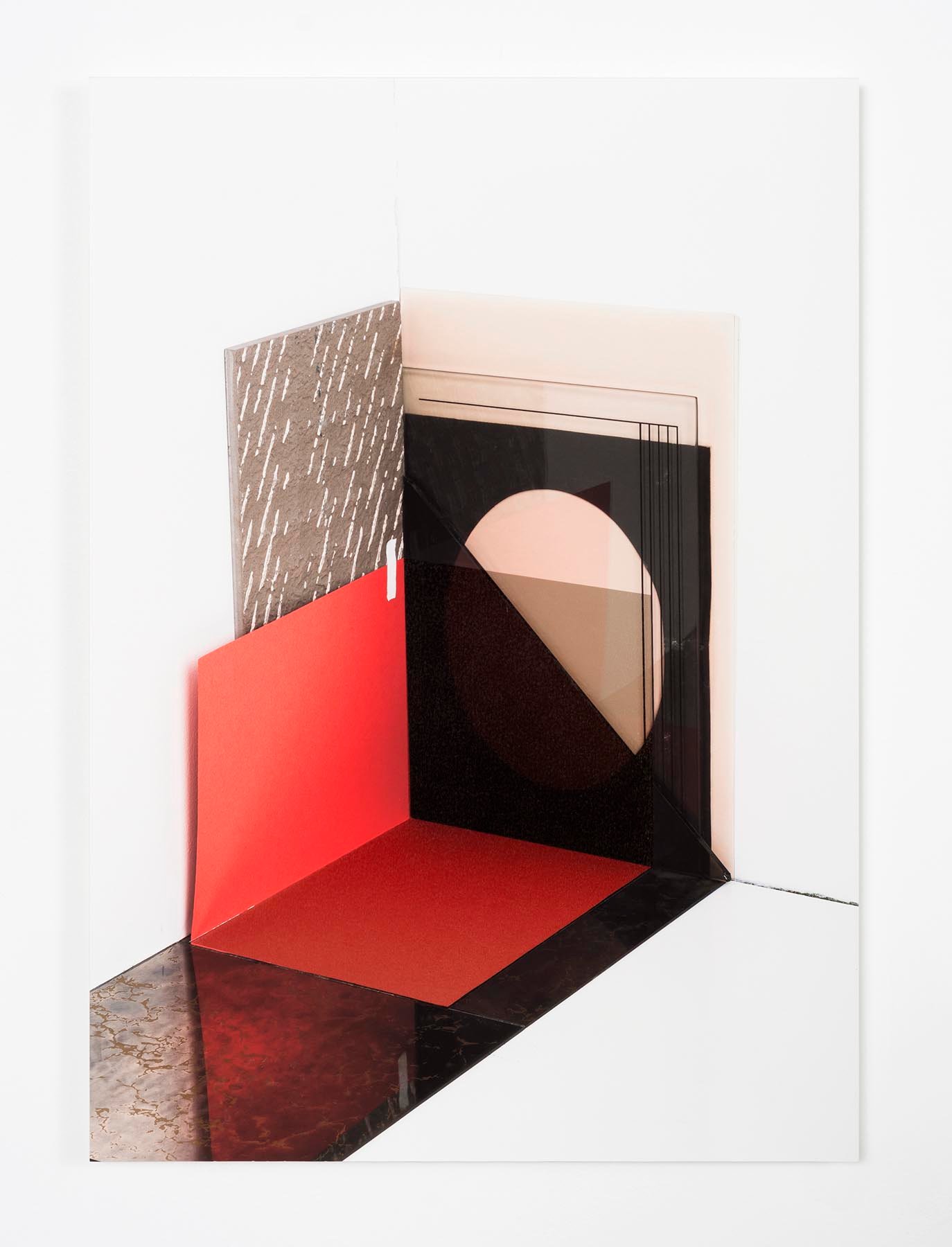
© » KADIST
Phillip Maisel
2015While his works can function as abstract, they are very much rooted in physicality and the possibilities that are inherent in the materials themselves...

© » KADIST
Clarissa Tossin
2017Clarissa Tossin’s film Ch’u Mayaa responds to Frank Lloyd Wright’s Hollyhock House (constructed 1919–21) in Los Angeles, an example of Mayan Revival architecture...

© » KADIST
Clarissa Tossin
2012In Fordlândia Fieldwork (2012), Tossin documents the remains of Henry Ford’s rubber enterprise Fordlândia, built in 1928 in the Brazilian Amazon to export cultivated rubber for the booming automobile industry...
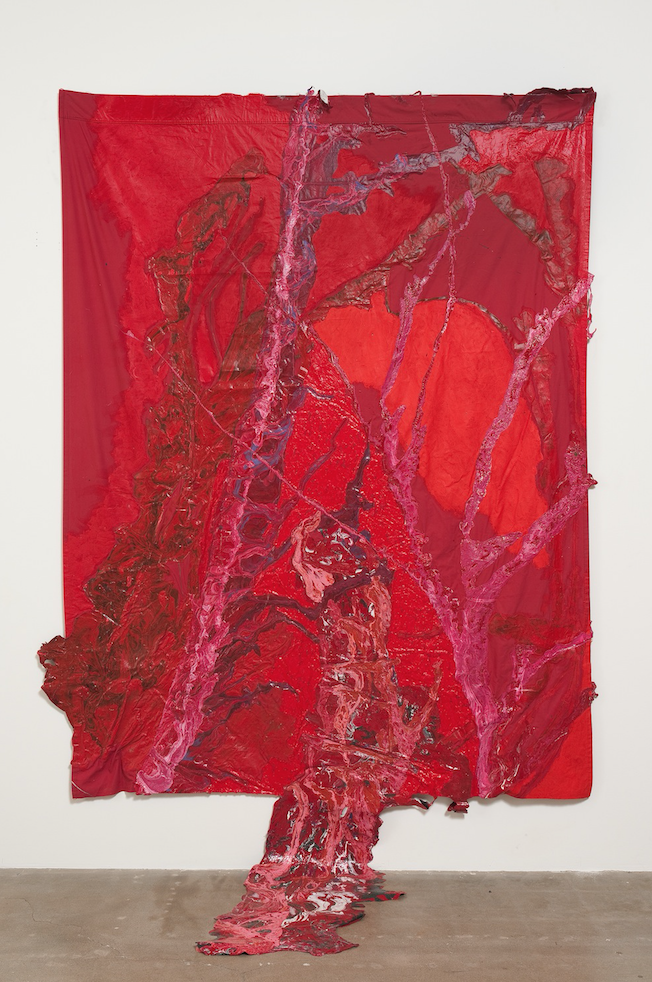
© » KADIST
Rodney McMillian
2013In his evocative Landscape Paintings, McMillian uses second-hand bedsheets, sourced from thrift shops, as his starting point...
Other works by: » Will Rogan
» see more

© » KADIST
Will Rogan
2007Shot in the streets of Tokyo, Collapse , is a meditation on the passing of time and on the complicated way in which we are smashed between the past and the future...

© » KADIST
Will Rogan
2010MUM , the acronym used to title a series of Rogan’s small interventions on found magazines, stands for “Magic Unity Might,” the name of a vintage trade magic publication...
Related artist(s) to: Will Rogan » Amy Franceschini, » Andrea Higgins, » Chris Johanson, » Colter Jacobsen, » Desirée Holman, » John Bankston, » Jordan Kantor, » Josephine Taylor, » Kamau Amu Patton, » Kota Ezawa
» see more

© » KADIST
Jordan Kantor
2009Eclipse is a series of screenprints from Jordan Kantor’s larger vitrine installation that included reworkings of a single image of a small group viewing an eclipse through shielding cut-outs...

© » KADIST
Desiree Holman
2010Reborn, 2010 is a three-channel video by Desiree Holman that questions ideas of motherhood and the maternal instinct...

© » KADIST
Kota Ezawa
2014Paint and Unpaint is an animation by Kota Ezawa based on a scene from a popular 1951 film by Hans Namuth featuring Jackson Pollock...

© » KADIST
Kota Ezawa
2017The Crime of Art is an animation by Kota Ezawa that appropriates scenes from various popular Hollywood films featuring the theft of artworks: a Monet painting in The Thomas Crown Affair (1999), a Rembrandt in Entrapment (1999), a Cellini in How to Steal a Million (1966), and an emerald encrusted dagger in Topkapi (1964)...
Related works found in the same semantic group
» see more

© » KADIST
Didem Pekün
2018The black-and-white projection, Araf by Didem Pekün, begins, as a lithe man stands high up in the middle of the grand, rebuilt 16th-century Ottoman bridge in Mostar, in Bosnia and Herzegovina...

© » ARTS EQUATOR
Performance Making during a Pandemic: Of Innovation, Form and Embeddedness | ArtsEquator Thinking and Talking about Arts and Culture in Southeast Asia ArtsEquator Viewpoints Kornkarn Rungsawang September 29, 2021 By Adriana Nordin Manan (1,000 words, 3-minute read) If arts panel discussions are meant to reflect the times, “Critical Responses to Performance-Making in A Post-Pandemic World” positioned itself well: at this stage of the pandemic, it was less about open-ended contemplation of how the performing arts can retain vitality amidst the prohibitive circumstances, and more about sharing examples of performances that exemplify the act of moving ahead despite the barriers...



